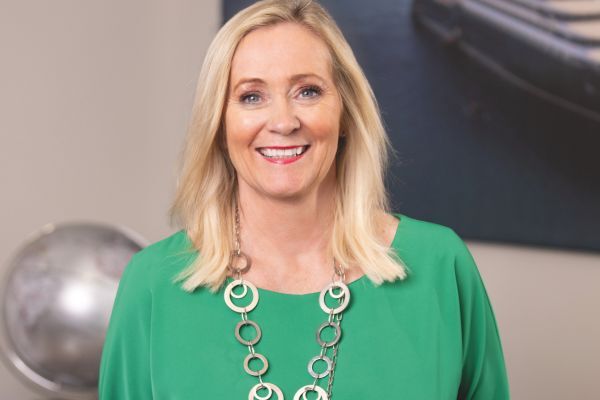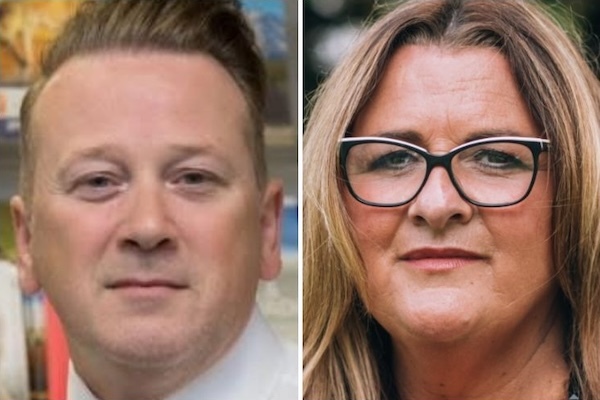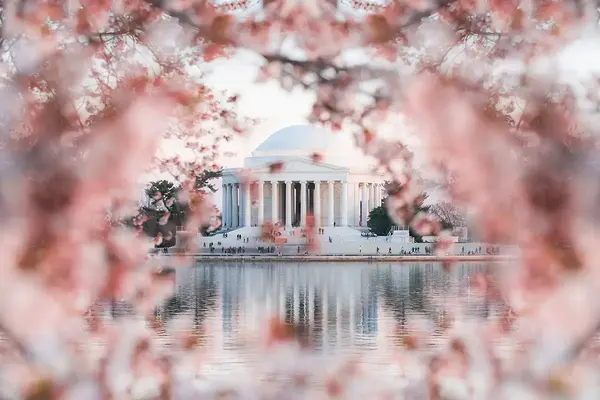Meet the Brazilian rancher saving the Pantanal – one species at a time
Roberto Klabin turned his family home into Caiman Ecological Refuge, driven by his mission to protect the world’s largest tropical wetland and make a difference
When I was 10, I came to the Pantanal. My family became the owners of a huge ranch, Miranda Estancia. I remember being astonished by the beauty of the place. The birds, the sounds, the smells, everything was a discovery. The ranch was vast, the size of Luxembourg, and in 1984 we decided to divide it among ourselves – we were a huge family, and it was better for us each to have a part of it.
In the lottery to split the land, I was lucky enough to get the old mansion, that was built by my family, which was the centre of the previous ranch.
Environmentalist at heart
Since college, I had been involved in the environmental struggle in Brazil. I always had a plan for the Pantanal – I couldn’t understand why people did not value the beauty and this richness of this place. They just talked about making money and cattle. Of course, that’s important... if I did not have money, I wouldn’t have the ability of changing all these things in Caiman.
My family did not understand me – I think [my plan] required me to be a little bit crazy, and of course, persistence is the key to all these things.
Pioneering project
Now that I had my own land, I wanted to develop it in a totally different way. My new project – Caiman Ecological Refuge – would combine cattle raising (to continue what we already had), conservation and wildlife observation tourism.
I spent time travelling in Africa, and was inspired by its safaris. I brought back to Brazil the idea of game drives led by bilingual guides. My family’s house became the first lodge. This was very new for the Pantanal – until then it was a place only for cattle raising, only men got jobs, women did not work. So when I created this, I gave jobs to everybody. It was a great opportunity for the people.
Against the grain
I was opposed by my family and my neighbours. What you are going to do is very dangerous, you will attract people who don’t have our values and don’t understand the culture of the Pantanal, they said. But I did it anyway. And they soon realised that guests were actually interested in the ranch culture…
Culture change
And so the women started to work and family income grew. The culture of the region towards nature also started to change. They no longer treated it aggressively. They changed their attitude because they understood their new employment depended on biodiversity.
I prohibited the presence of dogs in the ranch – and this helped to attract biodiversity. Hungry dogs used to go out in packs, and they would hunt and destroy everything.
Power of science
During the nineties, I started to invite conservation initiatives to Caiman. By offering scientists a base inside Caiman, they could study species they were researching, I assured them I would not change the environment, and their credibility attracted people to my place. It was a win-win situation for everybody – the animals, the scientists, our guests.
When the Hyacinth Macaw Institute arrived, there were 29 of the individual birds at Caiman. Now 25 years later, we estimate there’s around 600-700 hyacinths macaws during mating season in Caiman. This was the most important project because it took the bird off of the extinction list, and we are now the largest breeding ground for them.
In 2011, Oncafari came to Caiman when Brazilian racing driver Mario Haberfeld had the idea to habituate jaguars in Brazil. He brought a lot of very good people together. We’ve always had jaguars in the ranch, but everyone always afraid of them. It was very hard to see them – the first time I saw a jaguar, I was 35. In the first year of Oncafari’s work, 7% of the guests saw jaguars. And nowadays almost 100% of the guests will see jaguars, and this is because of Mario and the biodiversity that Caiman now has.
For 40 years now, I’ve been trying to create an environment where animals are free and not tense. Next, we will establish the Giant Anteater Institute at Caiman.
Caiman’s burning
Another big project is studying what happens after the wildfires at Caiman. How does the nature come back, and what is lost?
The first huge fire was in 2019, then 2021, and now in 2024. The two previous experiences did not prepare us for this third fire. This one was absolutely out of control. It started when a truck got stuck in a sand area, and the driver revved the engine so much, it exploded. The fire burned 300,000 hectares. We had 50 people fighting it, the government sent military water planes, our airstrip became a base. Even so it was impossible to control these fires.
Birds and small mammals had a very difficult time trying to find food. The hotel was closed and we transformed the kitchen into a ranch kitchen, to supplement food for the animals, inside nine areas of Caiman, twice a week.
Future fire-proofing
Since the first fire we had been drilling water holes all over the place. These water holes are fundamental for the supply of water in the ranch. We noticed animals seeking refuge in pipes that ran under the roads. We saw predator and prey sheltering together, they were not interested in fighting. We started to build dirt barriers around these fresh water holes to protect the animals inside. They will get to know there is fresh water there, which makes a difference. I have built seven of these structures since September, and I’m going to continue building them so that when the next fire that unfortunately comes (because this is the new normal) the animals might know these are places where they can look for shelter.
Biological corridors
The conservation work at Caiman is not enough, so we have developed a partnership with our neighbours to create biological corridors between our properties. We need to weave back the wild fabric that once helped South America as one. It’s about adapting our businesses to the Pantanal, and not the Pantanal to our businesses, that’s what drives us.
My wife and I are donating one-third of Caiman land to create a private natural heritage reserve. It’s a protection against the future – I’m not sure what my children will do [with the land] – but regardless of that, 18,000 hectares of land will be preserved, forever, in perpetuity.
Calming effect of parrots’ rush hour
I’m at Caiman every month, sometimes twice a month. I leave Sao Paulo, arrive at Caiman, and it’s a totally different environment. I look at the parrots flying at the end of the day in rush hour, and it’s the most relaxing time I have here, seeing the amount of birds and the sounds.
I don’t look at the tree anymore, I look at the forest. I don’t have the time to go out and spend the whole day inside the bush, like I did as a child. I want to know the lodge is running well, that nature is being protected by all the measures we are developing, that we have been investing correctly.
Nowadays I concentrate on trying to manage the whole thing so that the legacy I am trying to create is going to endure.
Hope for a better world
I want Caiman to be more than a vacation for people. I want our guests to leave with the hope that you can still protect wild areas and make a difference. This is just a tiny example of activities happening around the world. There’s so much negative news, but good tourism makes you hopeful we can have a better world.
TTG’s features editor Katherine Masters visited Caiman in November 2024 – read her feature here


















